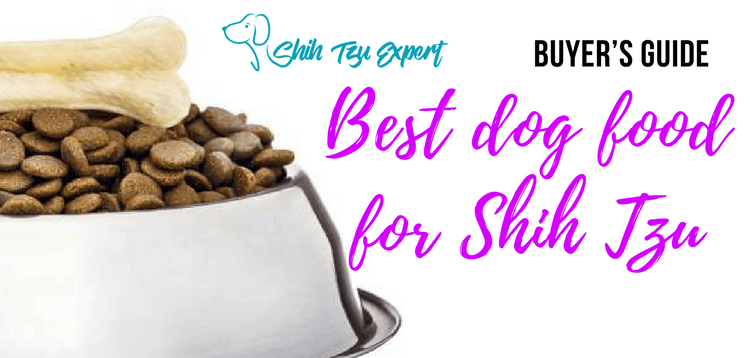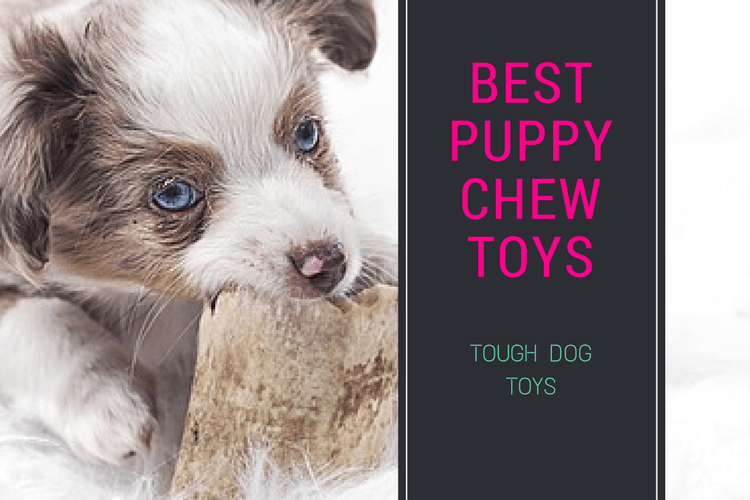Introduction

Having a newborn litter of puppies is a very emotional event. It is exciting and worrying, joyful, and stressful. If any of the puppies are born with a cleft palate, there will be added stress.
You may not realize that the pup has a cleft palate until you see that the dog is not feeding correctly or is not gaining weight. Hopefully, you catch the disease in time and can help the little pup regain its strength and nurse it back to health.
Read on to find out more about cleft palates in dogs and what you can do if you have a puppy with this disease.
What is a Cleft Palate?
A cleft palate is an opening in the roof of the mouth that occurs when the two sides of the palate (roof of the mouth) do not come together and fuse during embryonic development. This results in an opening between the nasal passages and the mouth.
This disease is likely inherited and is more prevalent in certain breeds such as cocker spaniels, dachshunds, beagles, German shepherds, Labrador retrievers, Shetland sheepdogs, schnauzers, and short-nosed (brachycephalic) breeds.
In general, purebred dogs have a higher incidence of cleft palate. There are also environmental factors that can cause cleft palate; if the mother dog is exposed to excessive amounts of vitamin A or vitamin D, or griseofulvicin (an antifungal medication used to treat fungal infections such as ringworm), the puppies can be born with the disease.
Types of Cleft Palates
There are also two types of cleft palates knows as primary and secondary. A primary cleft palate is found on the lip of the dog and is also referred to as harelip. Clefts on the lips or nose do not need to be repaired surgically because they typically do not cause any health problems. Some owners will have them fixed simply for aesthetic purposes.
Secondary cleft palates can be found in both the hard, bony section of the roof of the mouth or the soft part in the swallowing area of the mouth. Secondary clefts, the type we refer to throughout this article, occur when the palate does not form together in a typical fashion, thus leaving a hole or gap between the cavities of the mouth and nose.
Those that are located on the roof of the mouth can be observed quickly by looking inside the dog’s mouth. Clefts that are further down the swallowing area in the soft section of the mouth may need a veterinarian to diagnose them.
Symptoms and Treatment of Cleft Palate
Though cleft palate is most often diagnosed via a visual examination there are other symptoms that are common to dogs with the disease; runny nose that may include blood, lack of appetite, coughing, weight loss, aspiration pneumonia, slow growth due to poor weight gain, respiratory difficulty, and/or difficulty suckling (for puppies). Newborn puppies can die of starvation if the opening of the palate is severe.
Treatment will vary depending on the area of the cleft palate, the severity of the cleft palate, and the age of your dog. Newborn puppies require extensive treatment from the pet owner. Feeding and care before surgery will be comprehensive and stick to a strict regimen.
Tube feeding every two to four hours for about three months will be necessary to get the pup to an appropriate age (usually three to four months old) to be able to undergo surgery. The anesthesia and surgery can still be risky due to the possibility of your pup still being underweight. The closure can be successful after one surgery but may take several operations to correct the problem completely.
It should also be noted that several dogs never have to have surgery once they are old enough to eat dry dog food. The dry food is way less likely to cause aspiration so the dog should be safe. However, getting the dog to the point at which they can eat dry food is the problematic part.
Some cleft palates will heal either partially or entirely on their own throughout the dog’s life. Regardless, it is best to seek the advice of veterinarians when deciding how to handle your puppy that has a cleft palate.
Tube Feeding & Sponge Feeding
Usually, puppies with cleft palates are fed with feeding tubes. Store bought, or homemade formula is used to feed the puppy every two to four hours around the clock for three to four months. This method uses a tiny and long tube that is gently swallowed by the puppy. The tube should be measured from the last rib of the puppy to the mouth and marked with a marker.
Once the pup has swallowed the tube, with your guidance, to the mark, the other end of the tube will be connected to a feeding syringe. Slowly push on the plunger of the needle to push the food into the puppy’s belly. Take care when removing the tube from the puppy once finished. This method can take a bit of practice, but as a general rule as long as you are gentle, you and the pup should be just fine. See this link for an excellent demonstration
Some pet owners are uneasy when it comes to tube feeding, and there is another method of feeding called sponge feeding. Sponge feeding uses the triangular sponges that are found in the make-up aisle at your local drug store. The tips of the sponges can be cut to mimic the size of the mother dog’s nipples. Milk or formula is deposited onto the sponge with a syringe, and the pup suckles on the sponge as they would typically suckle on their mother. However, if your puppy is getting too much air while trying to feed off their mother, this method will likely present the same problem.
Conclusion
If you have a newborn puppy with a cleft palate, willing to dedicate your time is a great investment! Puppies born with cleft palates can grow to live healthy and normal lives. There are tons of resources out there to help you raise a pup with cleft palate, and it can be an enriching task. You will have a very loyal companion after raising them from a 3 oz puppy that couldn’t eat to a full grown and healthy adult.
![10 Best Dog Crates for Separation Anxiety [High anxiety dog crates 2019 Reviews] 10 Best Dog Crates for Separation Anxiety [High anxiety dog crates 2019 Reviews]](https://shihtzuexpert.com/wp-content/uploads/2019/05/5-3.jpg)

![Best Cheap Dog Foods - our Top 10 Picks of High Quality Brands That Are Still Affordable [Under $1 per pound!] in 2023 Best Cheap Dog Foods - our Top 10 Picks of High Quality Brands That Are Still Affordable [Under $1 per pound!] in 2023](https://shihtzuexpert.com/wp-content/uploads/2018/01/Best-Cheap-Dog-Food-Featured-image.png)

